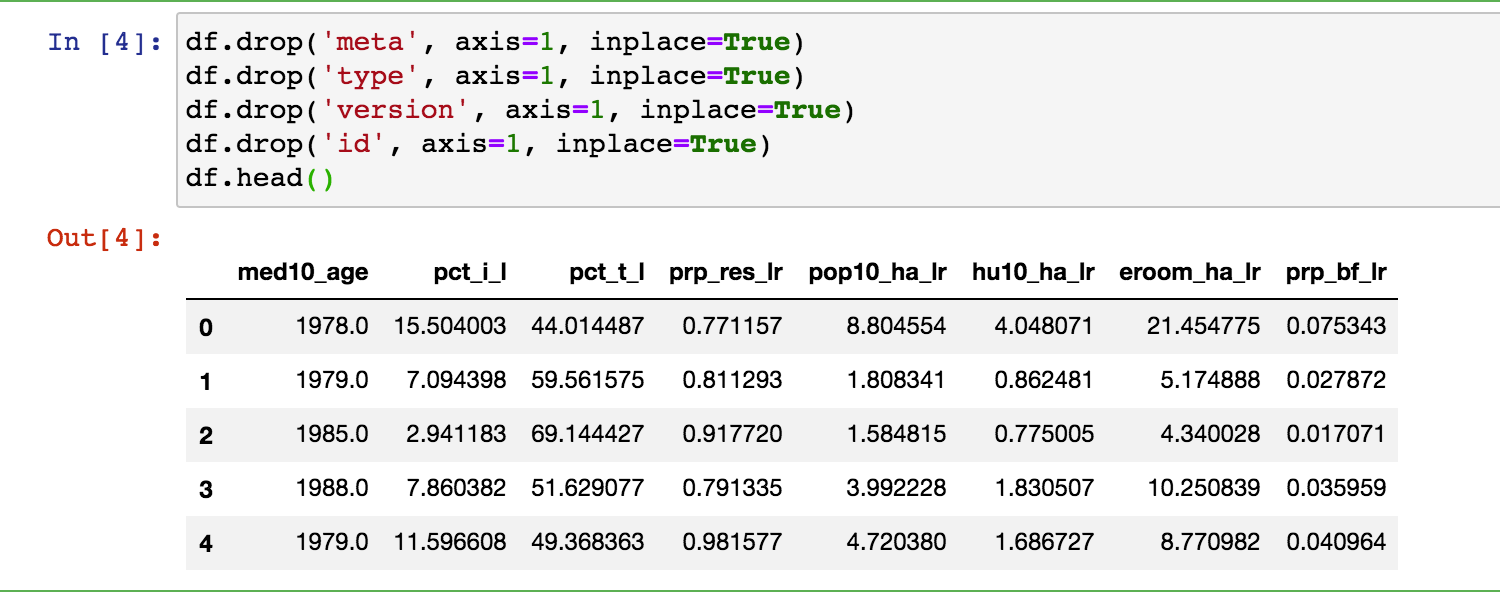The C3.ai system contains many tools to help scientists with their data analysis. We want researchers
to have the option to get started using C3 right away. This guide details how to connect to a C3 cluster,
fetch data you want to use, and convert it into a form that you can more easily analyze.
This guide serves as a starting point for your C3 journey, but does not expose most of C3's API or potential.
Connecting to a C3 Cluster
There are a couple options for connecting to the C3 Cluster:
- Python
- JS
Fetching Instances of Types
All data in C3 is represented by a 'Type'. Data for a specific type can be 'fetched' from C3 using the 'fetch' API.
In each language, each Type has a 'fetch' function to which a FetchSpec Type can be passed. This function then retrieves
the data in a FetchResult Type which can be opened and used for data analysis.
Fetching is governed by the FetchSpec Type and you can find full documentation of that type here. However,
as a simple API description, may not be particularly helpful at first. Generally, the FetchSpec type defines a set of
constraints to apply when gathering Type data. it can be 'empty' i.e. without constraints, but generally you'll
want to apply one or more to get reasonable results.
The most useful properties of the FetchSpec are:
- filter: Defines an expression to evaluate for each type. When the expression evaluates as true, that type is fetched.
- limit: Fetch only 'limit' results. Can be useful to debug a fetch which might grab a lot of results.
- include: Define specific properties of the Type to include in the fetch result. If not defined, all properties will be grabbed.
- order: An expression which defines the order to return the results in.
Here is a list of C3 documentation mentioning fetching:
- FetchSpec Documentation: https://developer.c3.ai/docs/7.12.0/type/FetchSpec
- Fetching in Python: https://developer.c3.ai/docs/7.12.0/topic/ds-jupyter-notebooks
A Code Example in Jupyter Notebook:
from c3python import get_c3
raw_df = c3.BlockInfo.fetch(spec={
'limit': -1,
'filter': 'exists(prp_bf_lr)',
'order': 'descending(id)',
'include': 'pct_i_l,pct_t_l,prp_res_lr,pop10_ha_lr,hu10_ha_lr,eroom_ha_lr,med10_age,prp_bf_lr'
})
Converting Fetch results to usable forms in Jupyter Notebook
A Code Example in Jupyter Notebook:
## continue from above ##
import pandas as pd
df = pd.DataFrame(raw_df.objs.toJson())
df.head()
df.drop('meta', axis=1, inplace=True)
df.drop('type', axis=1, inplace=True)
df.drop('version', axis=1, inplace=True)
df.drop('id', axis=1, inplace=True)
df.head()
Users can operations like after you convert the c3 Dataset into the pandas dataframe.
Executing Metrics on Time series data
TODO:
Constructing, Training, and Scoring a Machine Learning Model:
Code example using both Python and JS: https://developer.c3.ai/docs/7.12.0/topic/mlpipe-code-examples#construct-tensorflowpipe
